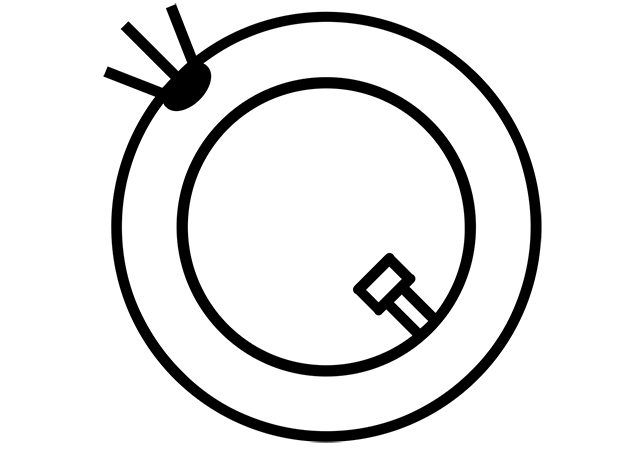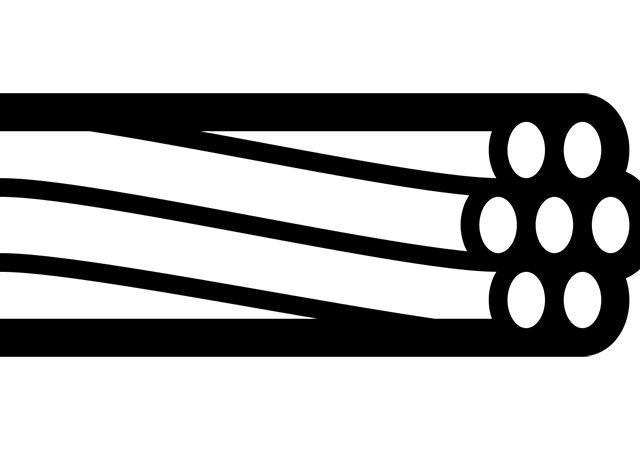The essential particles that construct all materials are electrons, neutrons and protons. Protons and neutrons form the atomic nucleus - electrons fill the atomic…
Author: Editor
Crystal lattice and miller indices
This post is about structure of solid state materials, their properties and quantitative characteristics. Crystal lattice A crystal lattice is the basis of the…
Defects in solids
This post answers the question "What are defects in crystals?". There are no naturally occurring ideal crystals. Every solid compound has some deviation from…
Polymorphism
Polymorphism is the ability of solids to form more than one crystalline lattice, that is stable for different pressures and temperatures. These lattices are…
Energy band theory
Energy band theory is a basis for describing processes and effects in solid crystals under electromagnetic field impact. Energy band theory is a theory…
Conductors and their properties
Electric conductors can be solids, liquids and even gases. Solid conductors are metals, metal alloys and some carbon modifications. Metals are plastic compounds with…
Semiconductors and their properties
Semiconductors are a class of materials with electron conductivity. Their resistance value is between metal and insulator resistances at normal temperatures. The main feature…
Optical and photoelectrical properties of semiconductors
Light absorption When light penetrates the semiconductor, it starts the process of exchanging energy with crystalline lattice. Let us determine I as a light…
Thermoelectrical phenomena and Hall effect in semiconductors
For semiconductors, as for metals, there will be potential differences on the contacts with different temperatures, and an electrical current will occur between these…
Semiconductor materials classification
Semiconductor materials contain not only elements, but also chemical compounds. Semiconductors can be organic and non-organic, crystalline and amorphous, solids and liquids. Despite the…







